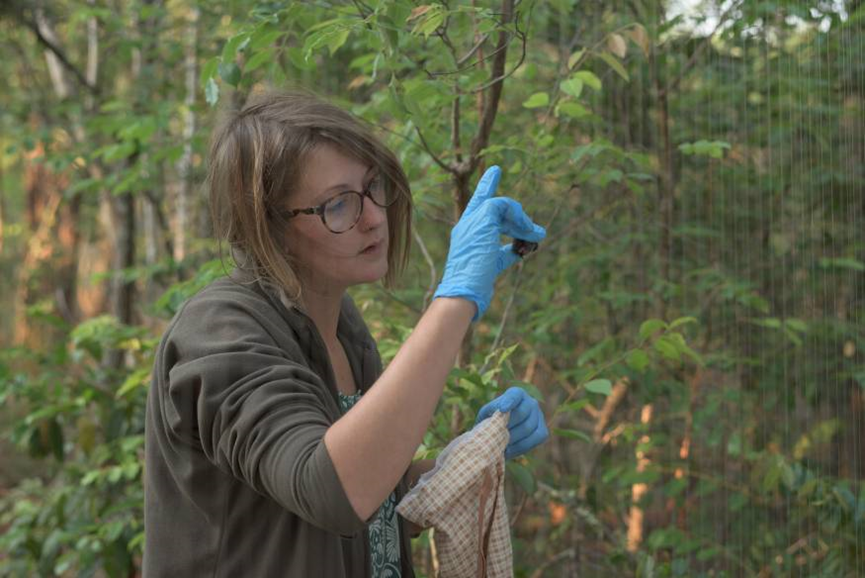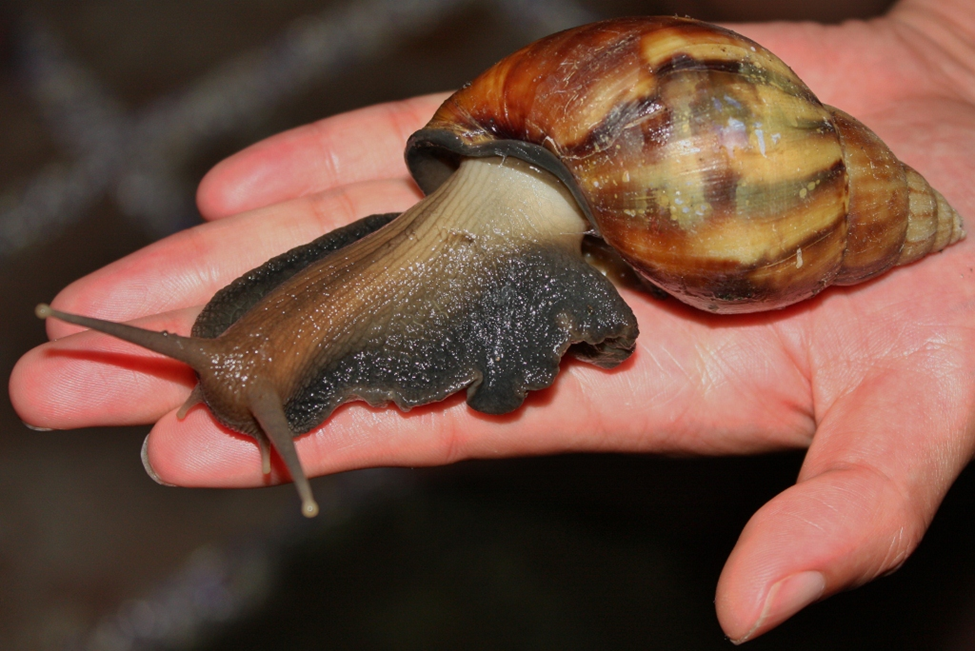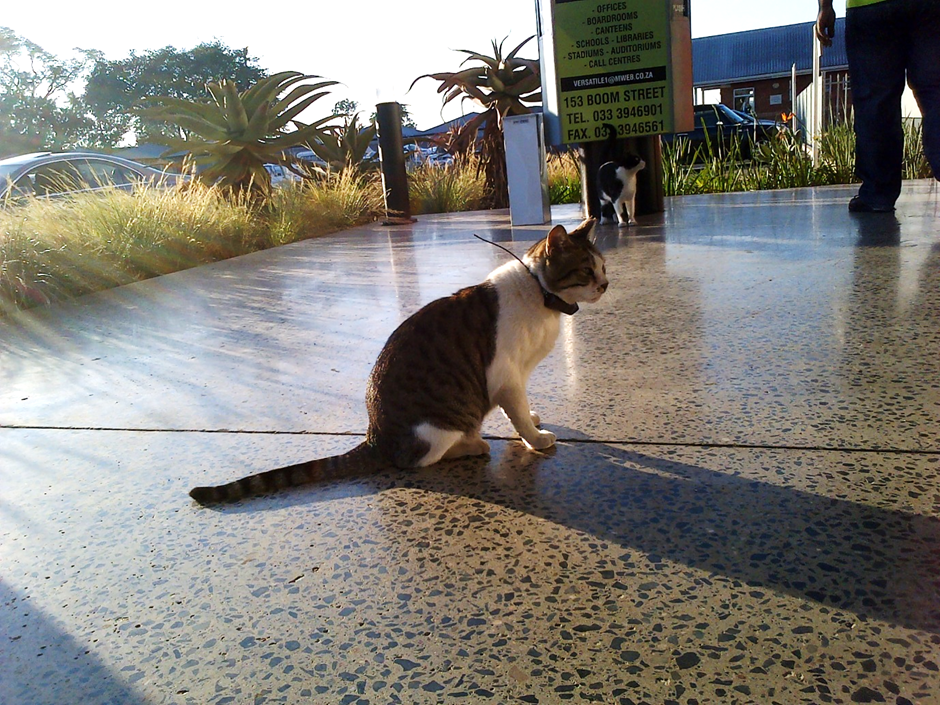Sleeping with the enemy: freshwater invaders hybridising in South African waters
A recent study published in the Journal of Fish Biology showed that not only is introgressive hybridisation between two notorious freshwater fish invaders possible, but continues to occur within an invaded South African river system.





